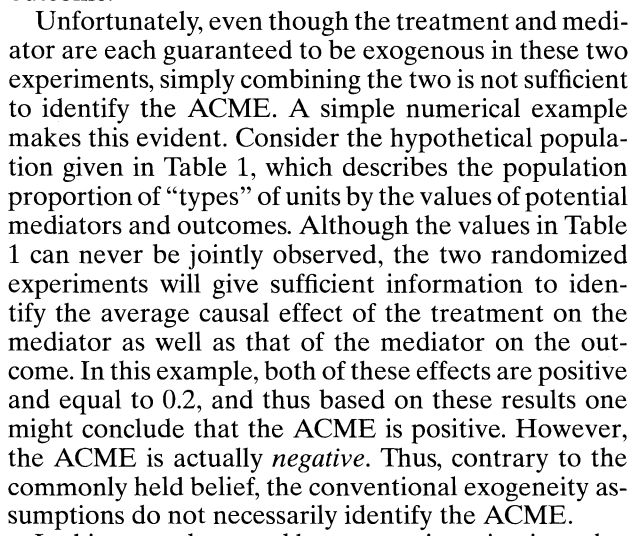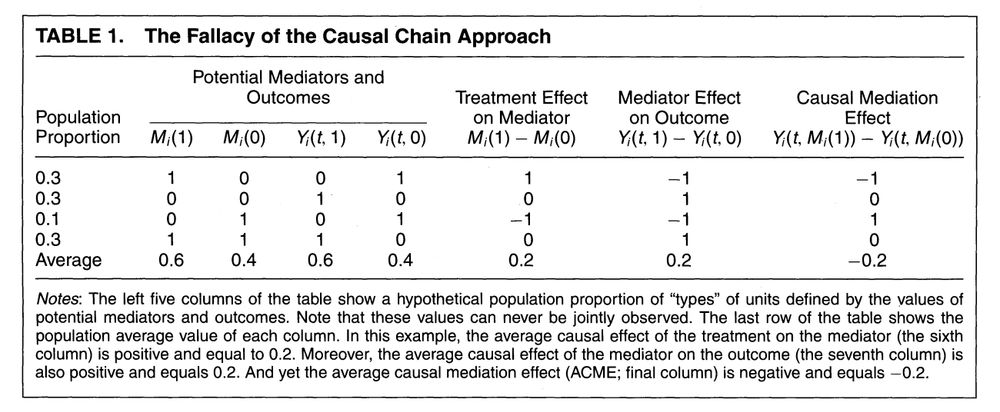
PhD in Bio-Anth. Behavioral ecology, phylogenetics, statistics & causal inference.
https://erikringen.github.io/
www.nytimes.com/1971/03/25/a...

www.nytimes.com/1971/03/25/a...



Technical supplement not online it looks like, but code here: github.com/ErikRingen/m...

Technical supplement not online it looks like, but code here: github.com/ErikRingen/m...


